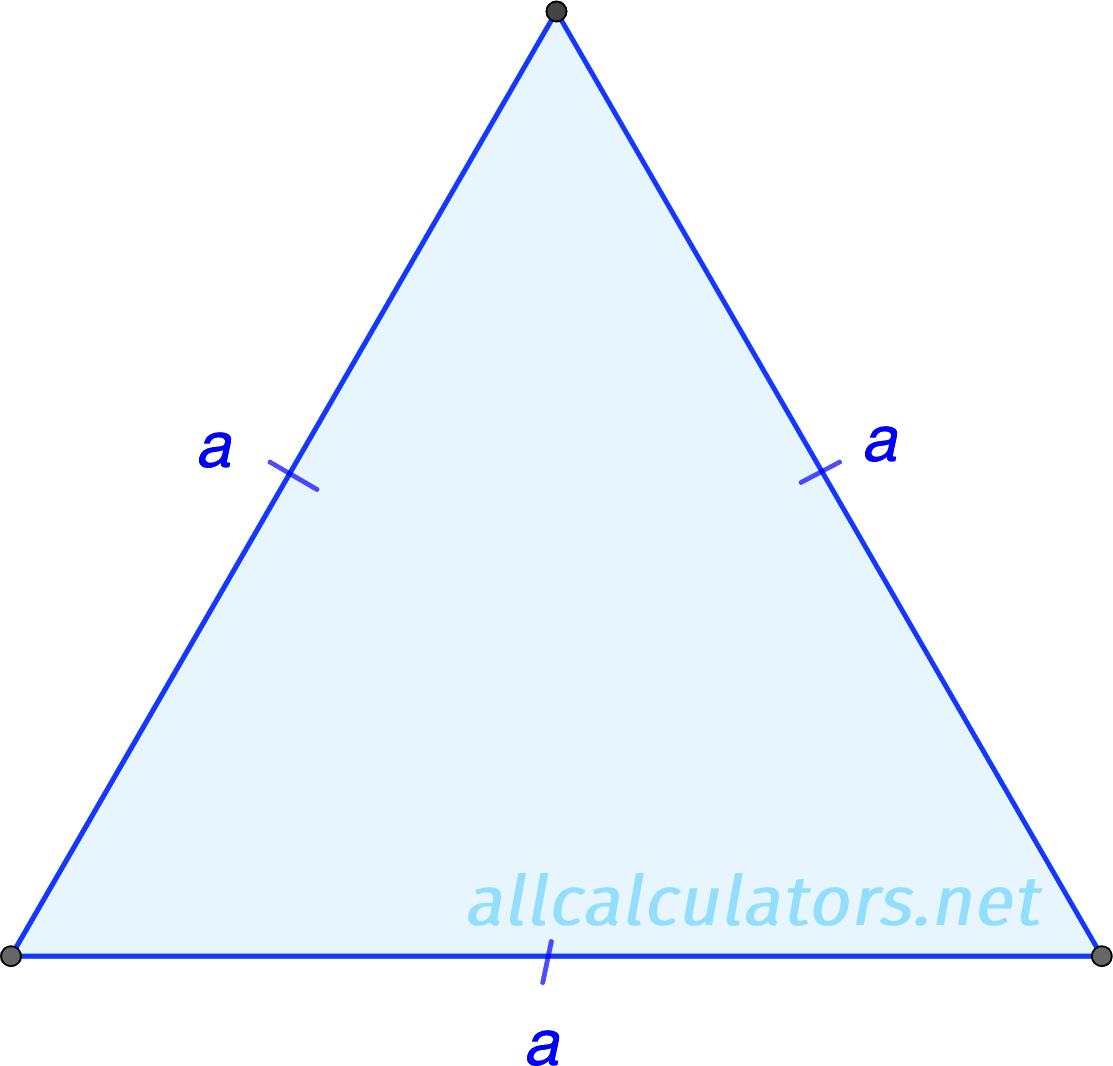In this article, we’ll explore how to calculate the perimeter of a triangle, and we’ll illustrate this with some clear, step-by-step examples.
The Formula for Calculating the Perimeter
The perimeter of a triangle is calculated by adding the lengths of all its sides.
If you have a triangle with sides of lengths a, b, and c, the formula for its perimeter P is:
P = a + b + c

So if the lengths of the sides of the triangle are known, you just have to add them together to find the perimeter.
Perimeter of an Isosceles Triangle
An isosceles triangle is a type of triangle that has two sides of equal length, which we’ll call ‘b‘. The side that is different in length, referred to as ‘a‘, is known as the base.

Therefore, the perimeter can be calculated as:
P = a + 2b
Perimeter of an Equilateral Triangle
An equilateral, or regular triangle, is one where all sides are equal (let’s take it as ‘a‘).

The perimeter of such a shape is calculated as follows:
P = 3a
Examples of Tasks
Task 1
Find the perimeter of a triangle if its sides are 3, 4, and 5 inches.
Solution
Substitute the known values from the task conditions into the formula and get:
P = 3″ + 4″ + 5″ = 12″
Task 2
Find the perimeter of an isosceles triangle if its base is 3 inches, and the side is 10 inches.
Solution
As we know, the sides of an isosceles triangle are equal, so:
P = 3″ + 2 ⋅ 10″ = 23″
